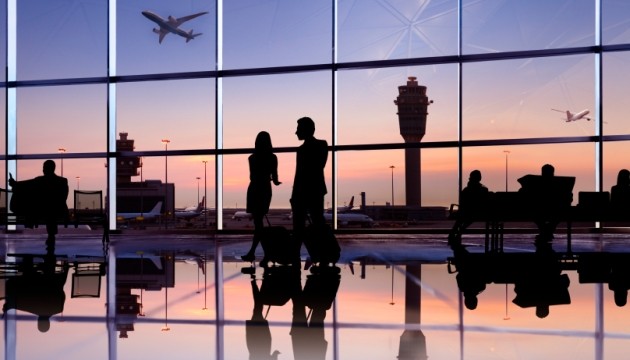What is invisible payment?
Today most payment processes are “visible,” meaning a plastic card or a mobile device displaying a virtual card number must be part of the purchase process. But the landscape is changing, and payments of all kinds are increasingly “invisible.” In London or Copenhagen, consumers swipe mobile phones or connected watches across electronic readers to buy coffee or train tickets. In Shanghai, people use Alipay or WeChat to buy lunch with a single click of their mobile phones. And if someone uses Uber pretty much anywhere, the payment is charged as the service is consumed. These are invisible payments, and they’re already real.[/vc_column_text]
What does invisible payment mean for corporate travel?
As invisible payment becomes more common for consumer transactions, corporate travel transactions will follow suit. Business travelers will demand it because paying for and expensing hotels, taxis and train tickets is a hassle. Corporate travelers want more convenient and productive trips. The good news for corporate travel programs: That kind of simplicity drives compliance. Invisible payment gets us closer to a world in which the corporate travel payment-to-reimbursement process also disappears. Trip expenses could be automatically approved and reported at time of payment. Travelers and the travel and finance managers who support them wouldn’t need to touch the expense management process at all.
Where is invisible payment happening today?
Central payment methods such as lodge cards (commonly used for air bookings) or virtual payment (used for hotel reservations) are invisible payments that corporate travelers already use. Some companies are testing mobile payments for on-the-go transactions like taxis and meals. The aim is to make trips easier for travelers and make spend management and reporting easier on the enterprise.
Learn more by downloading BCD Travel’s Inform report on emerging payment and expense technologies, part of a series on how innovations are reshaping corporate travel. The report’s takeaway: Payment and expense could prove to be the first area where emerging technologies make life better for everyone involved in business trips.

